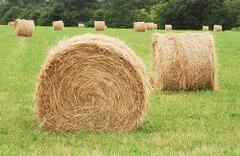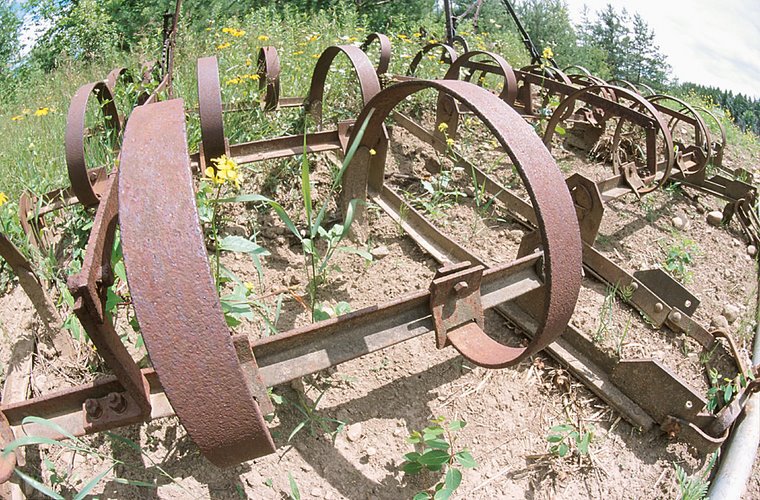No branch of household economy brings better reward than the making of butter; and to one who takes an interest in domestic employments, it soon becomes a most pleasant occupation.
The first requisite is to have a good cow. One that has high hips, short fore-legs and a large udder is to be preferred. The cream-colored and the mouse-colored cows generally give a large quantity and or rich quality. Take care that nothing is given her which will injure the taste of the milk, such as turnips and parsnips. Carrots are a fine vegetable for cows. Have her milked by a person who understands the process, or she will not give it freely, and will soon become dry. But the most abundant supply of the richest milk will avail little, unless all the articles used in the care of it are kept in the most perfect order. They should not be used for any other purpose. Keep a cloth expressly for washing them only. After washing, every article, and the cloth with which they are washed, all must be scalded. Wash off thoroughly all the milk from the pans, pail, strainer, churn, dasher, skimmer, spoons, etc.
If a cloth strainer is used, it should be of thin, coarse linen. A basin having a fine wire strainer is used by many persons. Tin pails and pans are better than wood and earthen; because tin is more easily kept sweet than wood. Those who keep one or two cows, will find a stone-ware churn best. No other is so easily kept sweet. For keeping the cream, never use tin, but always stone, cream-colored or fire-proof ware. For working butter, keep a wooden bowl and a ladle.
Have the milk closet on the coolest side of the house, or in the dryest and coolest part of the cellar, and with a window in it. Good butter cannot be made without a free circulation of fresh air. Strain the milk as soon as it is brought in, set it immediately in its place. To remove milk after the cream has begun to rise, prevents its rising freely.
When the butter has come, continue the strokes of the dasher a few minutes to separate all the little particles from the butter-milk. This done, take it out into the wooden bowl with a ladle or skimmer. The bowl and ladle should have boiling water on them when you first begin to churn. After a few minutes it should be poured off, cold water should be poured on them, and they should stand until you are ready to use them. This is to prevent the butter from sticking.
Work the butter with the ladle, until the butter-milk ceases to come out; then sprinkle it with clean sifted salt; work it in well, and taste it to see if more should be added. Mould the butter, with the ladle, into balls or lumps of any form you prefer; put it into a covered jar or tureen and set it in the ice-house or cellar.
Subscribe to:
Post Comments (Atom)



















4 comments:
You snuck this one in here on me, Emily, I didn't see it yesterday.
I remember my grandmother making butter when I was very young, but I never paid much attention to it, except on the table. Antone who has never had fresh butter, real butter, does not know what they are missing.
I can close my eyes and still taste it dripping from the edges of a hot biscuit, mixed with the juices of some homemade blackberry jam. Or mixed in with some fried apples on a cool October morning for breakfast.
Sarah's class studied the civil war last year, so off I went in funny clothes dragging the crock and the dasher and a big bowl full of fresh biscuits. We had a pretty good day.
lol I bet you did
My Grandmother would sing this little verse:
Come butter, come
come butter, come
Johnny standing by the gate
waiting for a buttercake
come butter, come.
My mouth is watering now.
Post a Comment